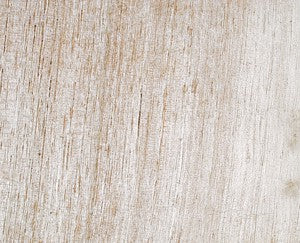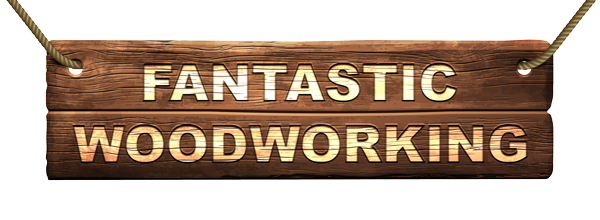This article is taken from my book "Intarsia Down Under". Just one of the many tips and tricks that you will find throughout this informative intarsia bible.
The most difficult wood colours to find are very light and very dark. Here is a way of getting these colours without using stains.
I only did a very brief experiment so you will need to research more information and try it out yourself on different timber species.
|
|
RED CEDAR NATURAL I cut a length of red cedar into three squares. This is what it started off looking like. |
 |
RED CEDAR EBONISED Ebonising solution is created by placing steel wool in white vinegar. The steel wool will dissolve in the solution and can be painted onto timber to ebonise it. This piece was immersed in the mixture overnight. The solution reacts with the tannins in the timber turning it a blue/black which will go a deep black when the final finish is applied. Although I haven’t tried it this process can be reversed by applying lemon juice to the wood. Some interesting effects can be achieved by selectively removing the ebonising. |
 |
RED CEDAR BLEACHED This is the piece that spent 24 hours in household chlorine bleach. Both the bleaching and ebonising were only skin deep after this short experiment. You would need to completely finish off the intarsia pieces before giving them this treatment. |

